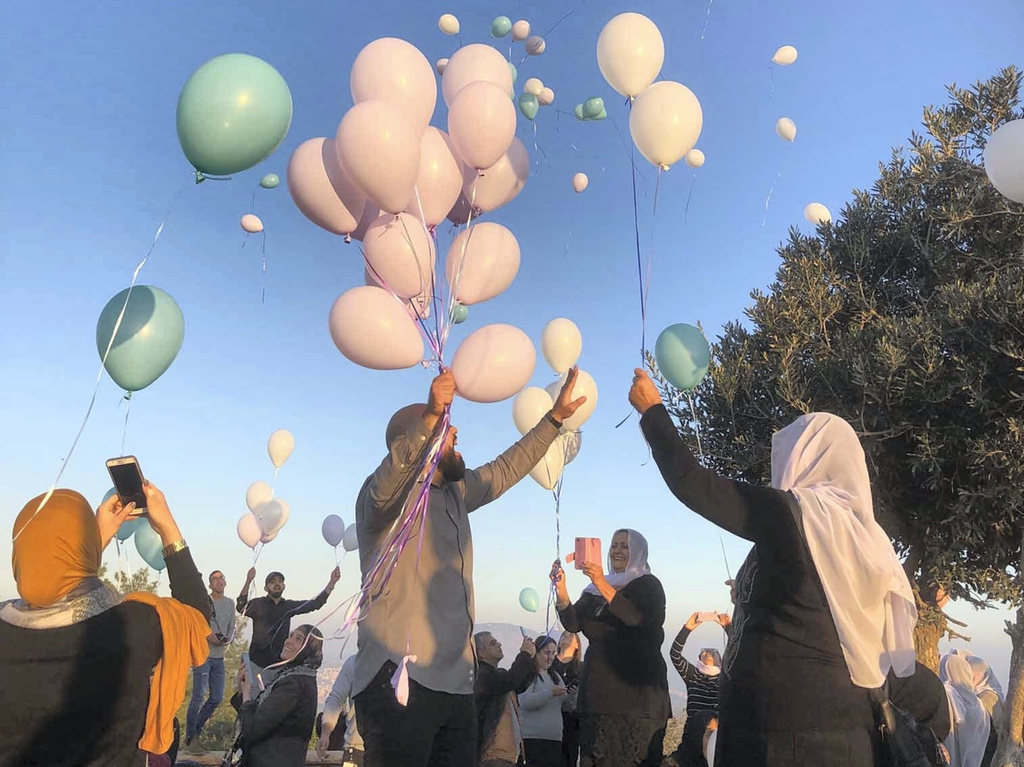Nasser and post-Nakba Palestinian nationalism

Gamal Abdel Nasser ranks high in the great man school of history in the sense that he did set the course of events. As a pan-Arab leader committed to solving the Palestinian problem, he was the reason that Arabs and Palestinians realised the need for wakefulness.
What came along after Nasser overthrew the monarchy and became the sum and centre of Egypt’s political life were some “distinctly Palestinian organizations or pan-Arab organizations dominated by Palestinians”, in the words of Haifa University Professor As’ad Ghanem.
In his 2013 paper ‘Palestinian Nationalism: An Overview’, Professor Ghanem lays out the changing course of Palestinian national consciousness, ie its state of being as a nation, even in its own mind.
The organisations that came into being included:
** the Palestinian National Liberation Movement or Fatah. It was established in 1957, initially in Kuwait, by Palestinian activists, including Yasser Arafat, Khalil al-Wazir, Salah Khalef, Farouk Kadoumi, and others.
** the General Union of Palestinian Students. Also in the 1950s and established by several of the founders of Fatah. Arafat was elected its first chairman.
** In Israel, meanwhile, Palestinians who had remained behind, established the Arab Front in 1958. It soon disintegrated and a nationalist section formed Osrat al-Ard (the Family of the Land), which came to be known al-Ard movement.
** the National Liberation Brigade (Fouj al-Tahrir al-Watani)
** the Palestinian Arab National Union (al-Atihad alQawmi al-Arabi al-Falasteni), established by Palestinians in Gaza
** and finally, the Palestine Liberation Organization (Munadhamat al-Tahrir al-Falasteniya). It was because of a decision at the January 1964 Arab summit meeting to authorise Palestinian representative, Ahmad Shukeiry, to establish a “Palestinian entity” to represent Palestinian refugees.
This really was the height of the institutionalization of the Palestinian national movement. Next, we’ll look at the direction it set.

